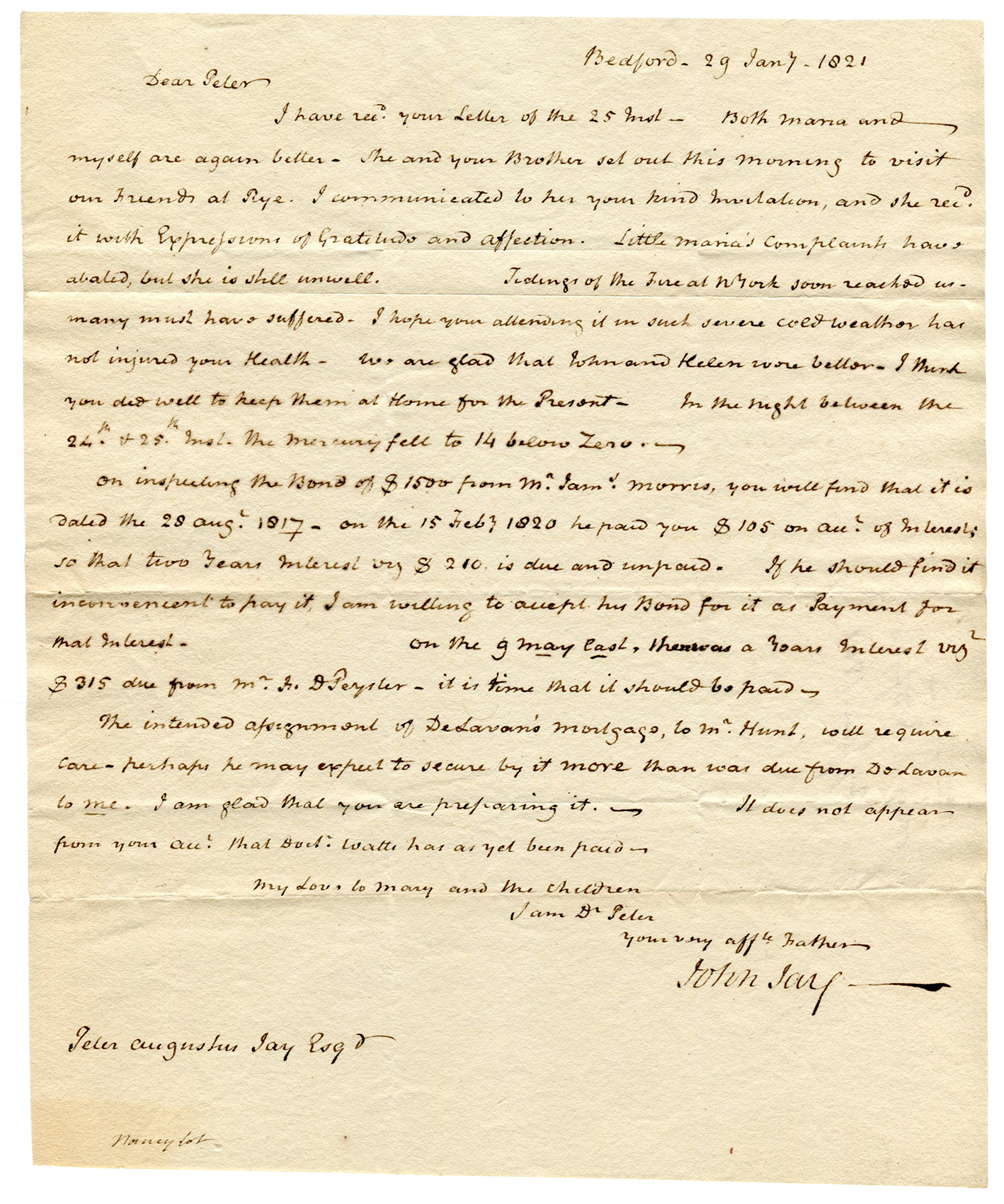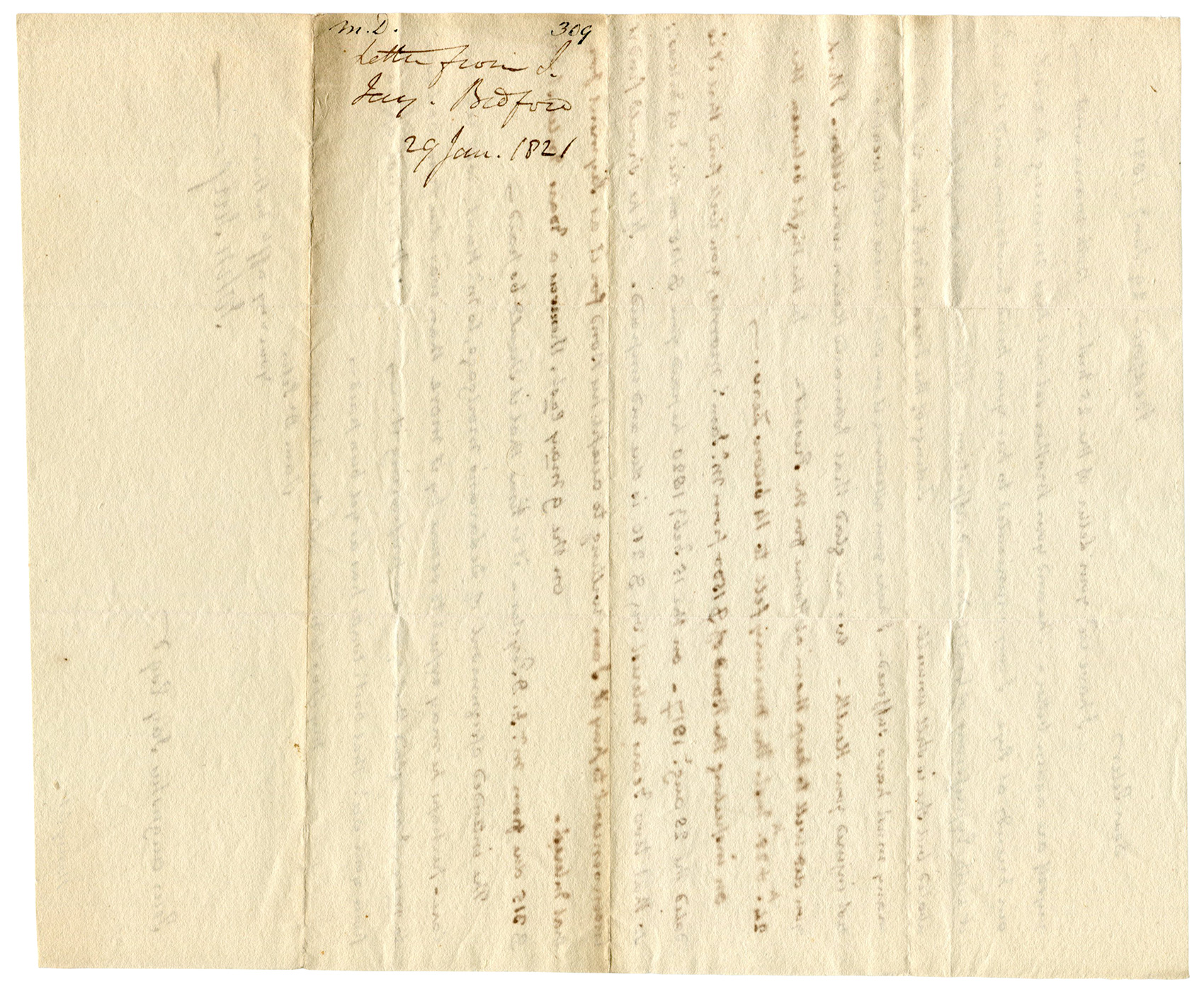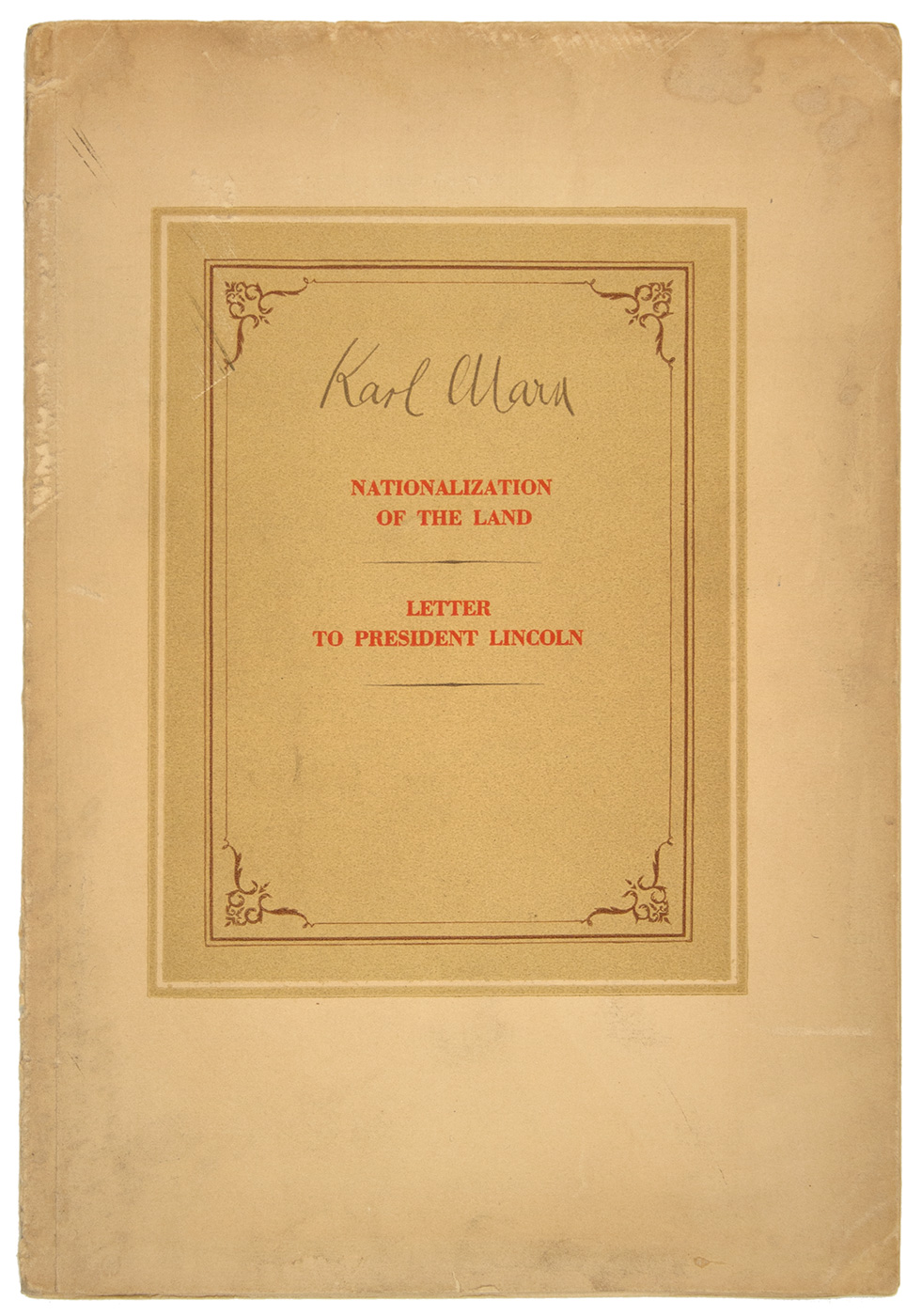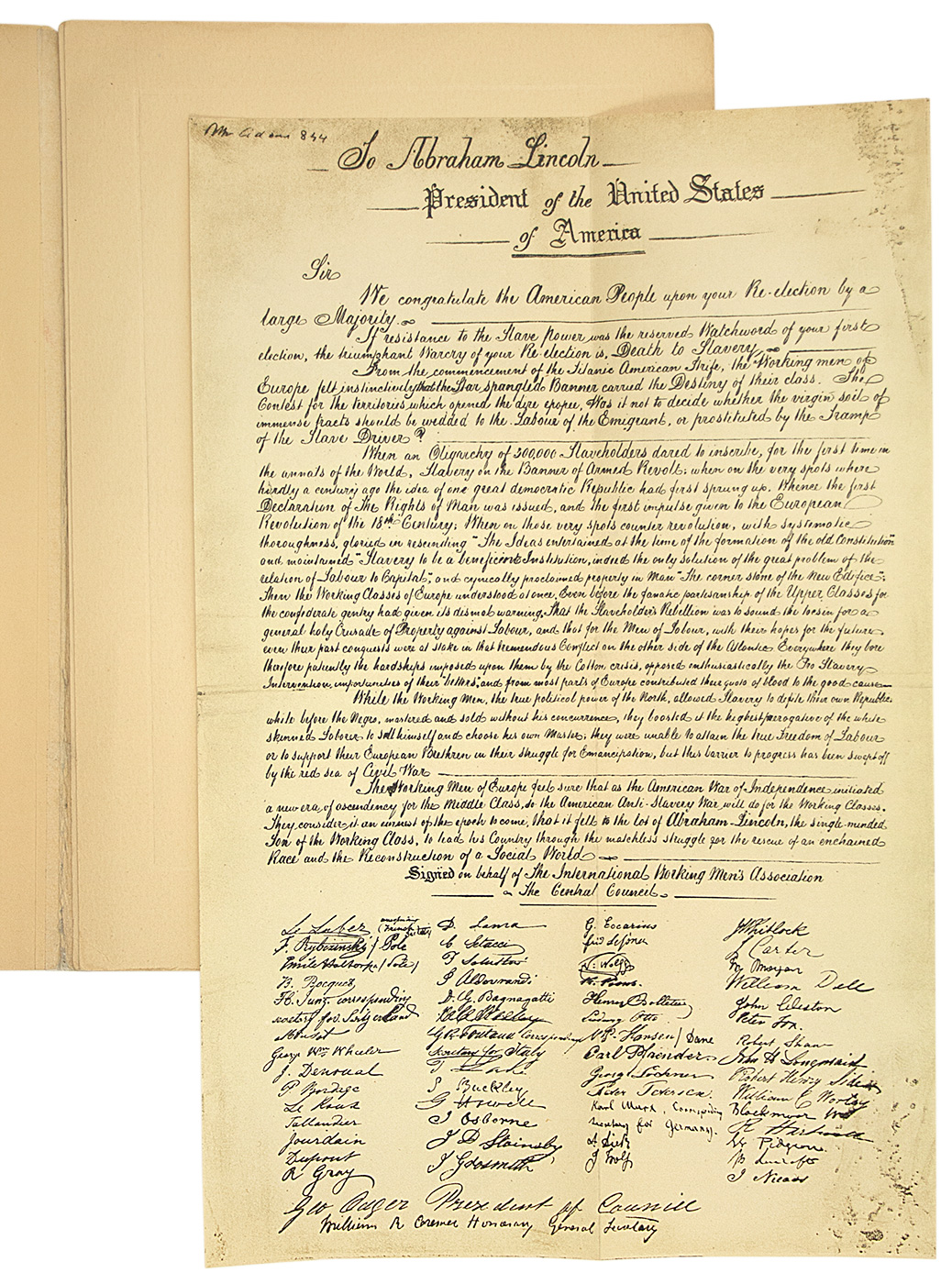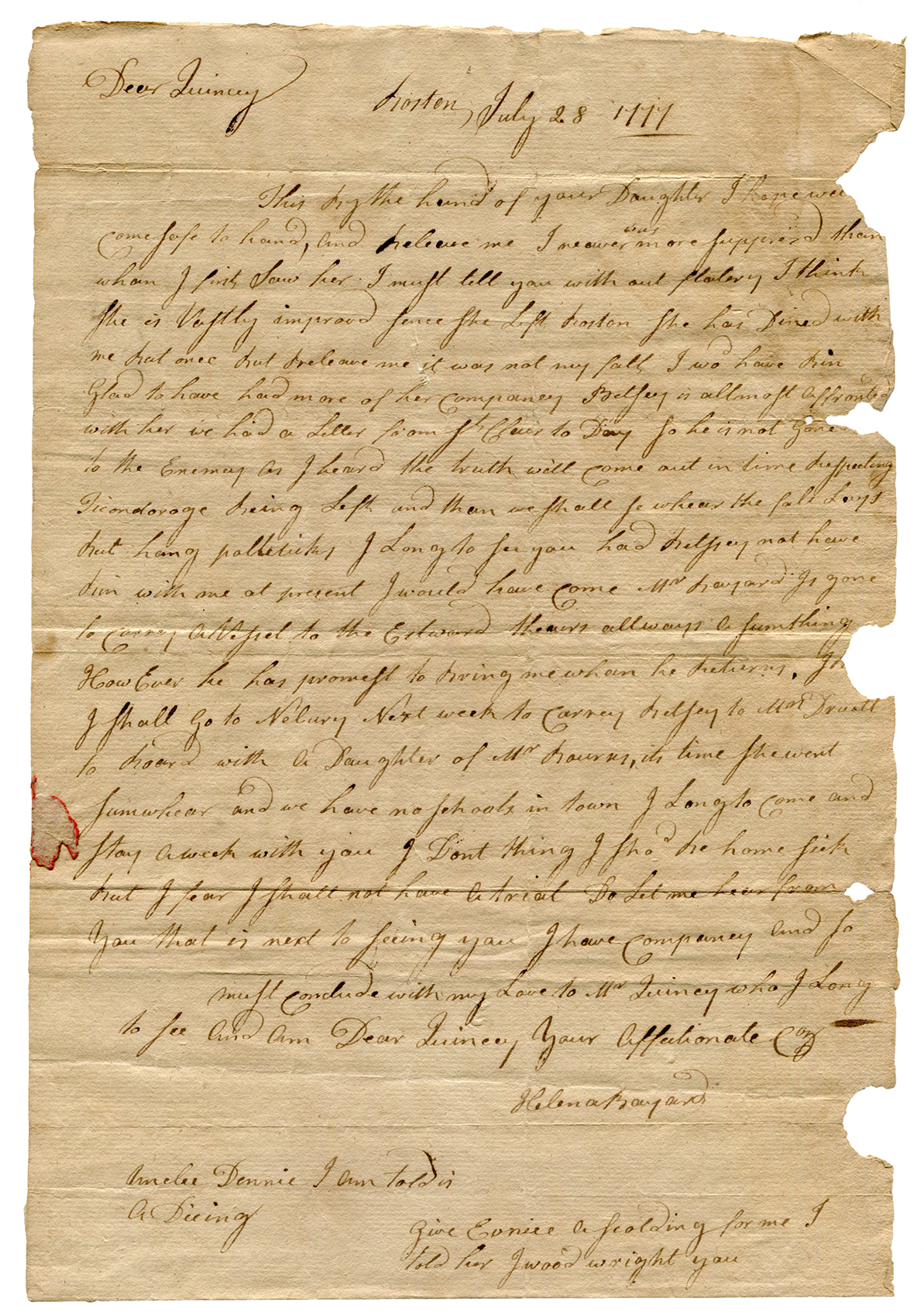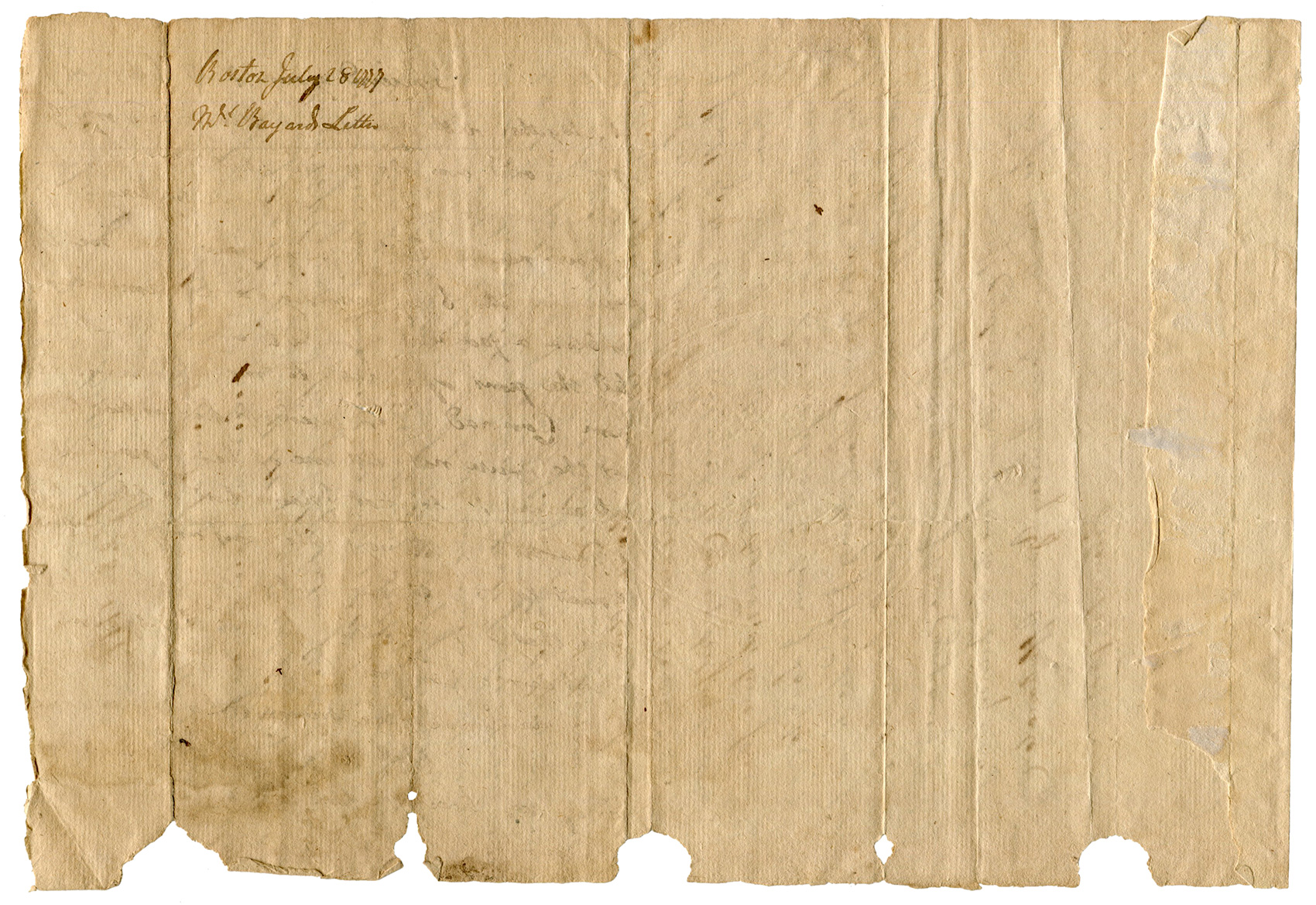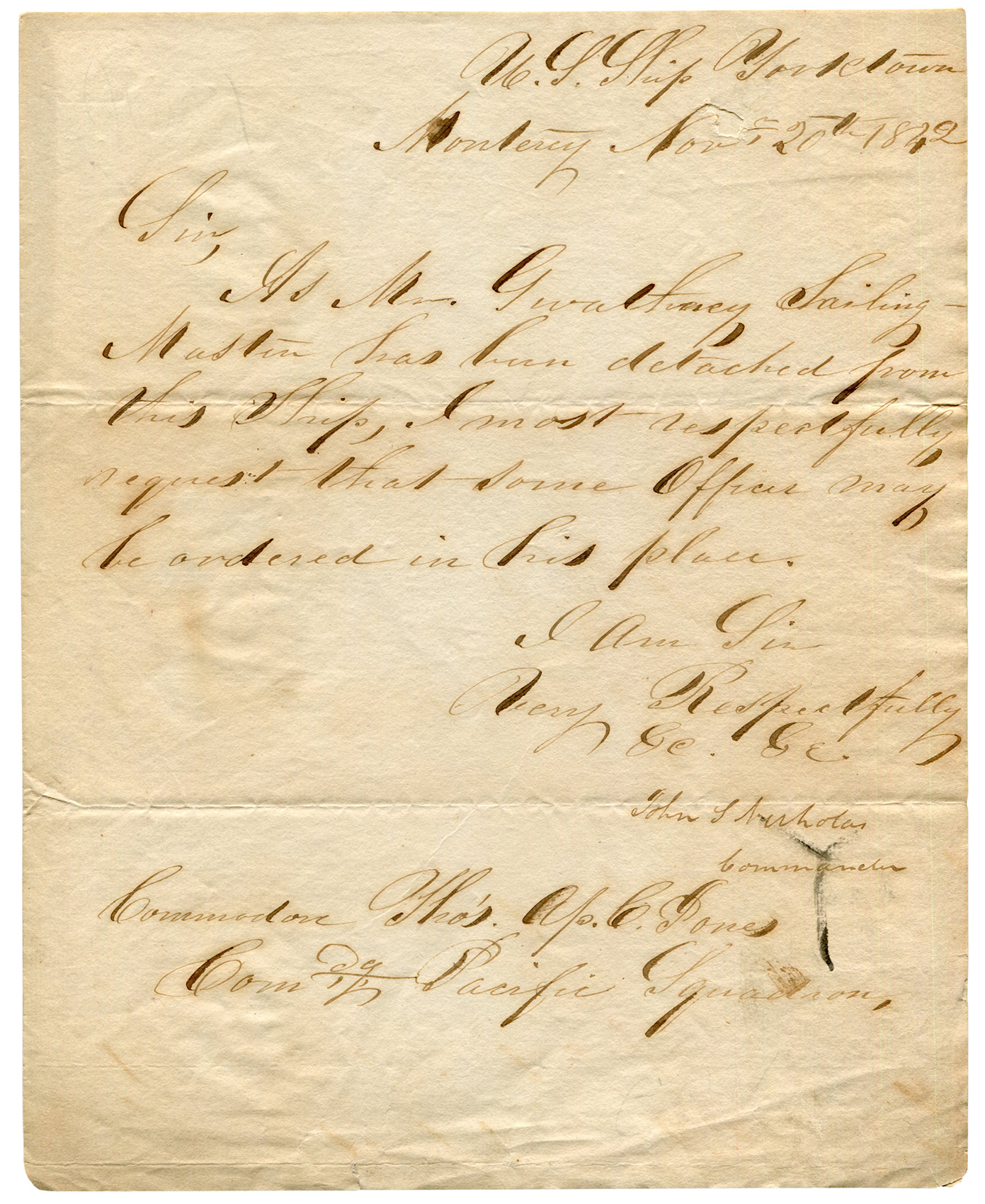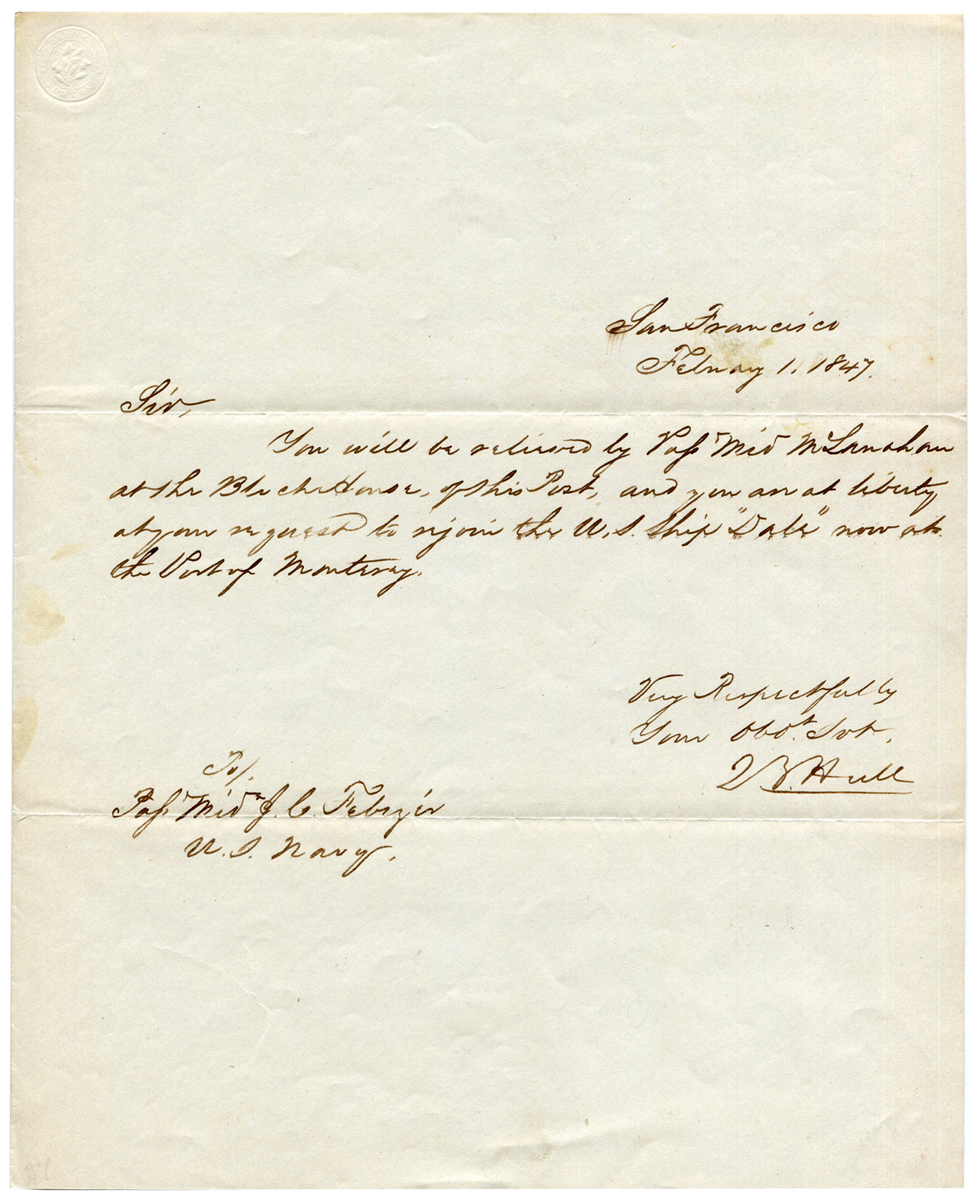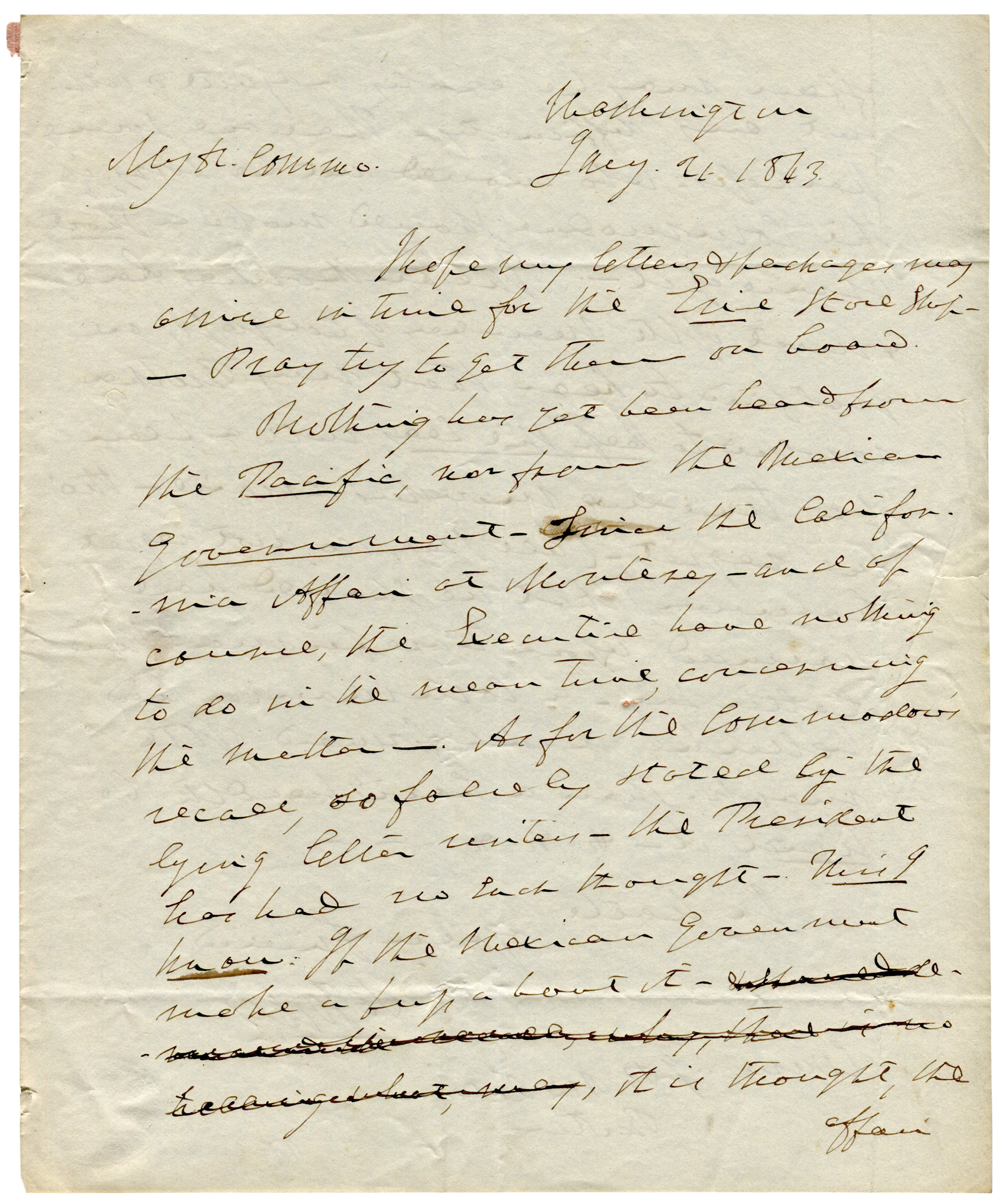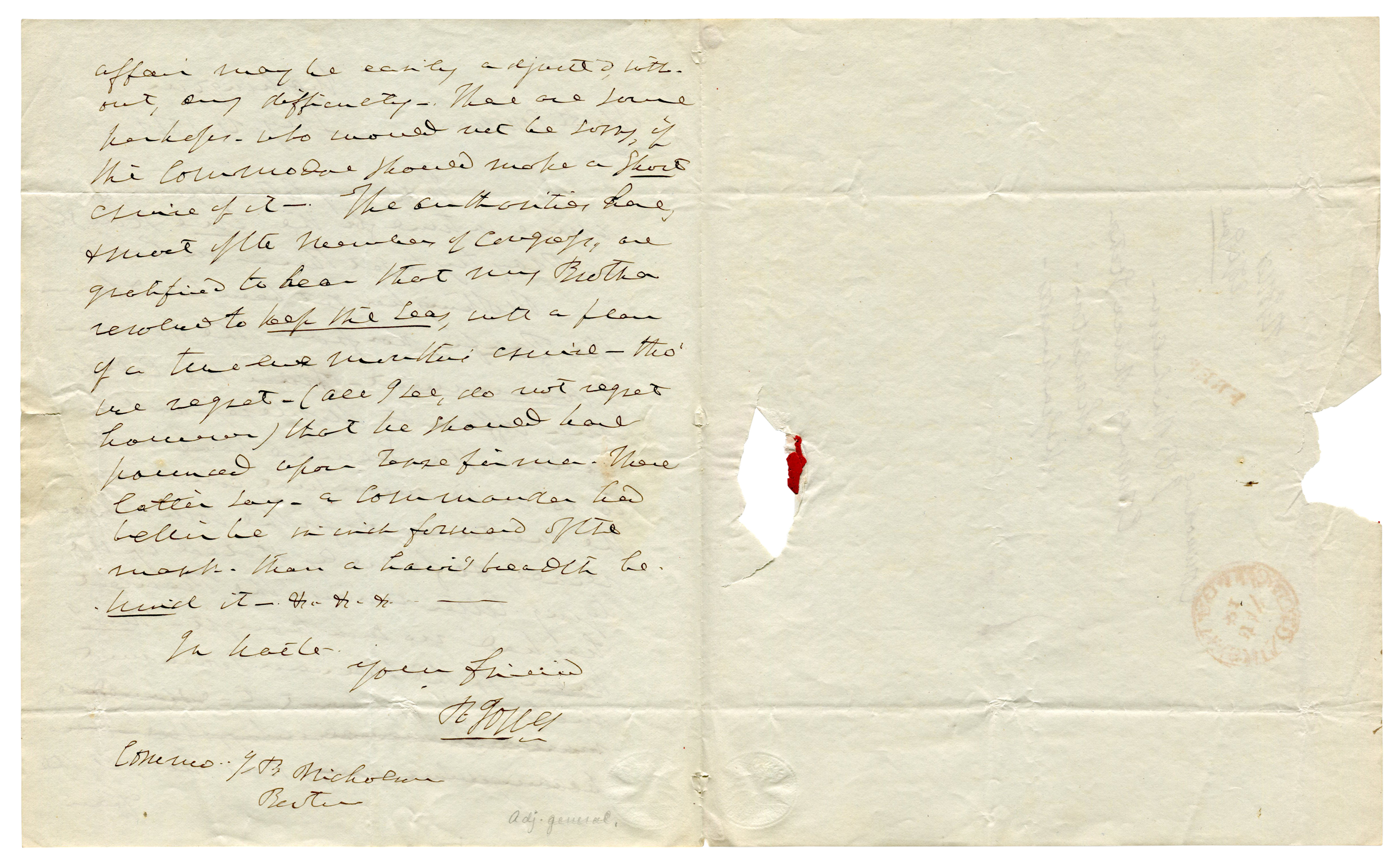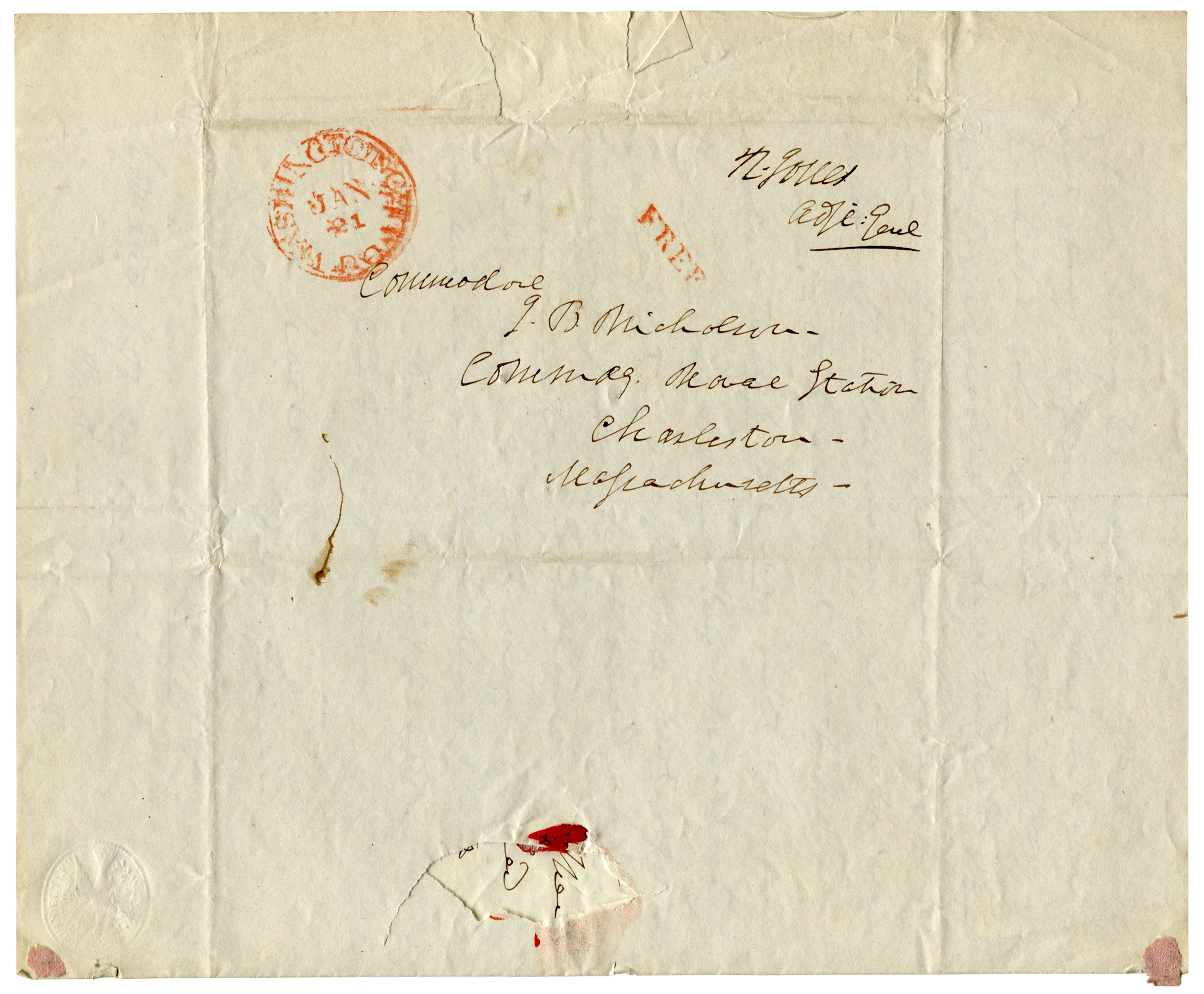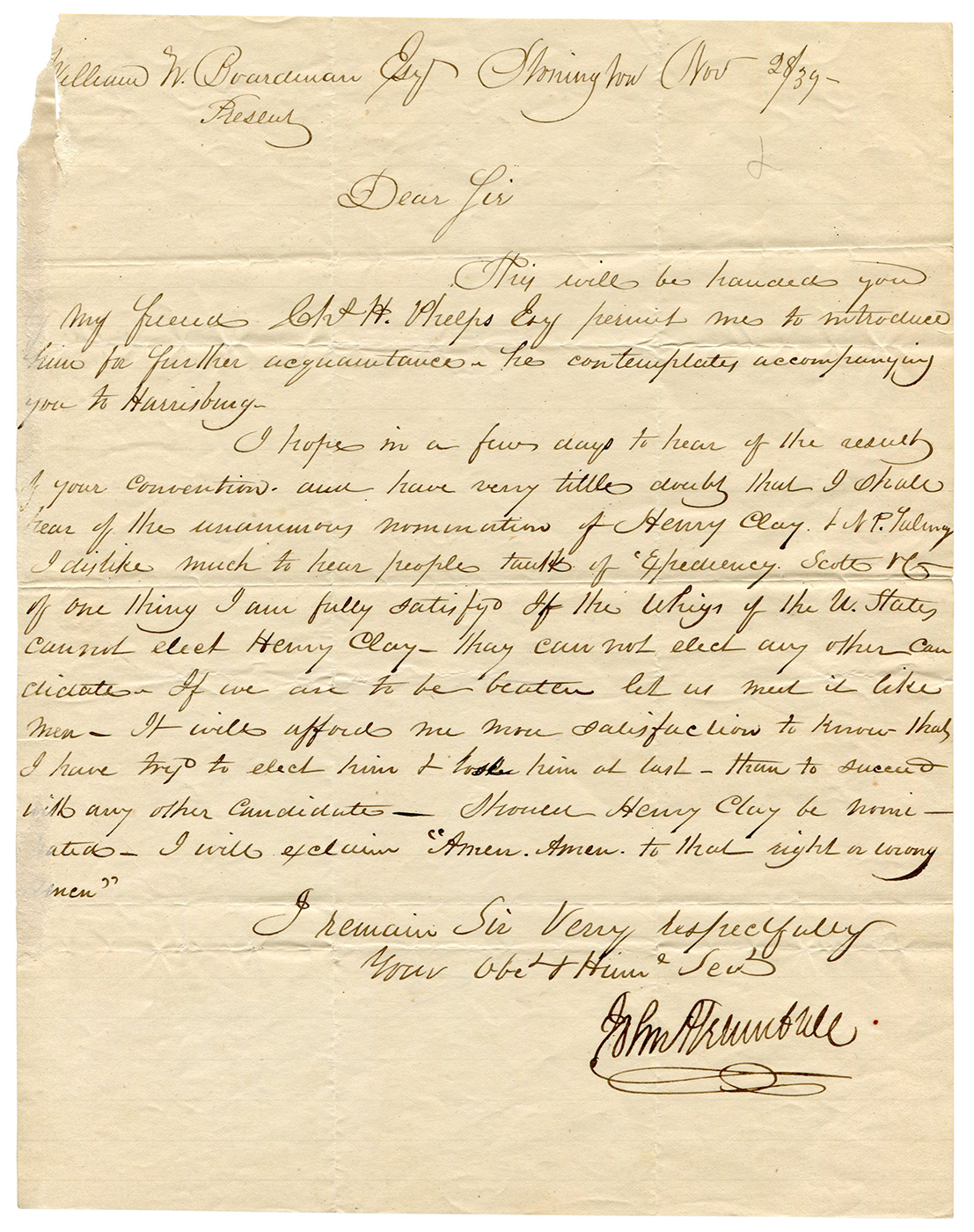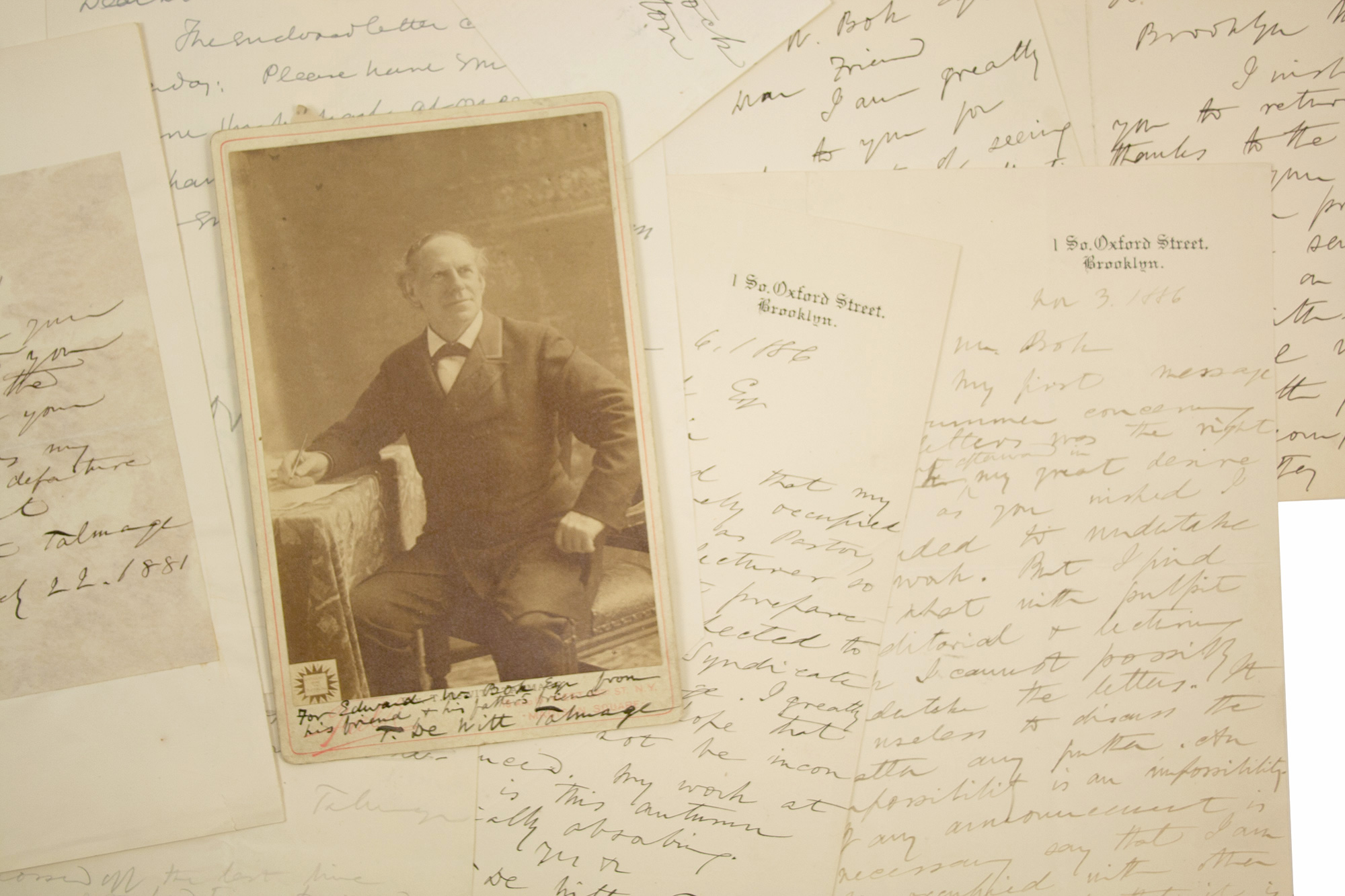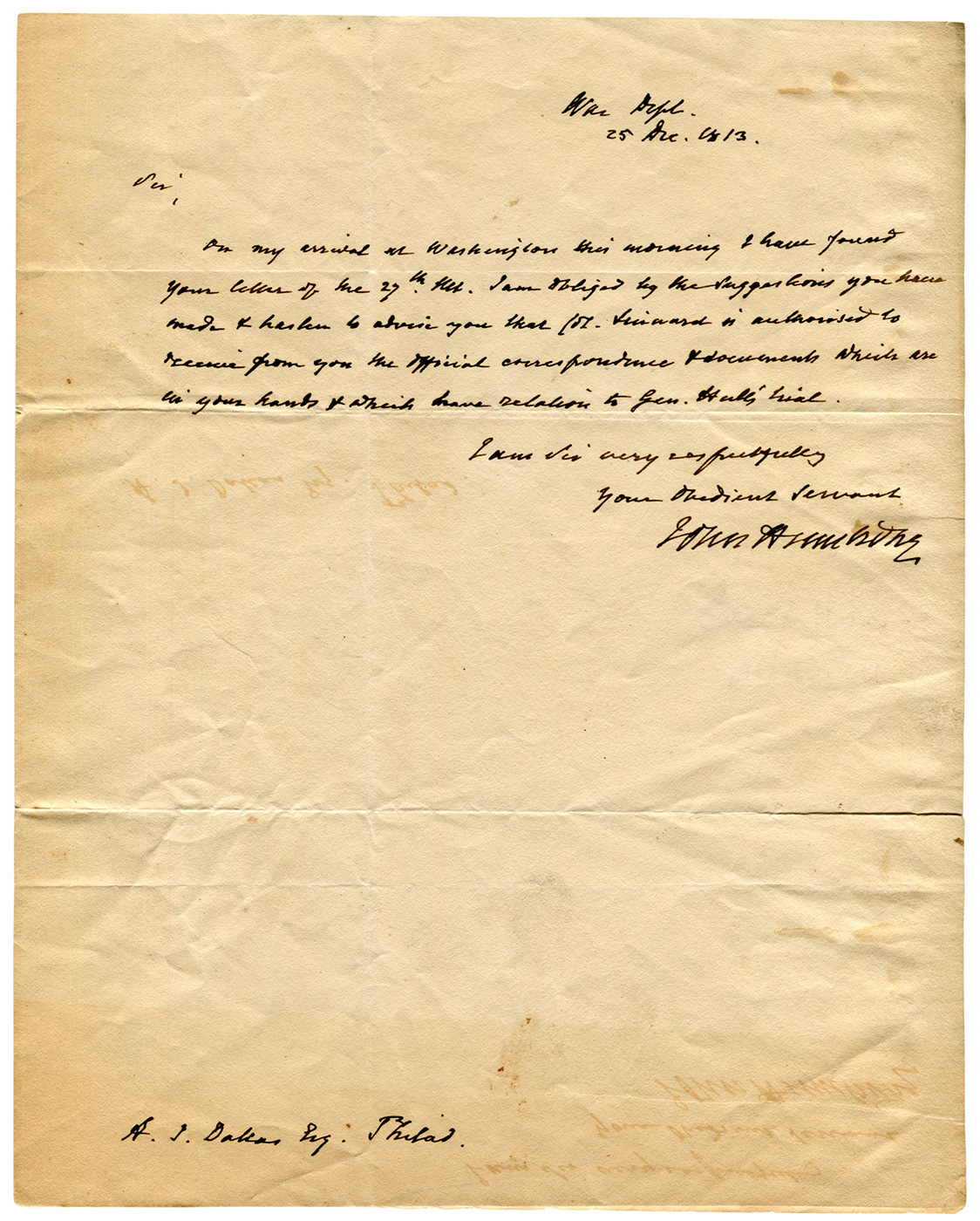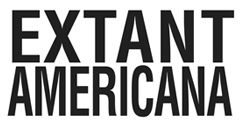A month after he provided critical help at the Battle of Monmouth, Philemon Dickinson contends with petty local politics
 Philemon DICKINSON (1739-1809) American attorney and politician, served as U.S. Senator from New Jersey from 1790 to 1793, and was a major general in command of the New Jersey Militia during the American Revolutionary War. Born in Maryland and raised in Delaware, he represented Delaware at the Continental Congress in 1782 and 1783. In 1784, he served on the commission that selected Washington D.C. as the site of the nation’s capital. He was the younger brother of John Dickinson (1732-1808), a founding father heavily involved in the drafting of the Constitution.
Philemon DICKINSON (1739-1809) American attorney and politician, served as U.S. Senator from New Jersey from 1790 to 1793, and was a major general in command of the New Jersey Militia during the American Revolutionary War. Born in Maryland and raised in Delaware, he represented Delaware at the Continental Congress in 1782 and 1783. In 1784, he served on the commission that selected Washington D.C. as the site of the nation’s capital. He was the younger brother of John Dickinson (1732-1808), a founding father heavily involved in the drafting of the Constitution.
A good content, war-date Autograph Letter Signed “Philemon Dickinson“, 1 page, 285 x 215 mm. (11 1/4 x 8 1/2 in.), Trenton [New Jersey], 29 July 1778, to William C. Houston & James Mott, Jr. of Princeton concerning his supposed handling of public monies, in full: ““I this moment received your favor of the 25th instant. I perfectly remember, the Ordinance of the Convention which you mention, but I absolutely refused having the money paid into my hands, as I never had any Public accounts in my life. I cannot possibly recollect, to which amounts I gave Orders, but those Orders, which lay before you Gentlemen, specify the Sums, & for what purpose— I never recd. a single Shilling of this money, & left the accounts solely to the Treasurer to settle, which must appear by their Books & Vouchers. I have no Public account, of any kind to settle, having intentionally avoided it. My information that is in my Power to give you, respecting the Application to the monies you mention, shall be given with the greatest Pleasures…” He adds in a postscript: “I shall remain here 4, or 5 days longer.”
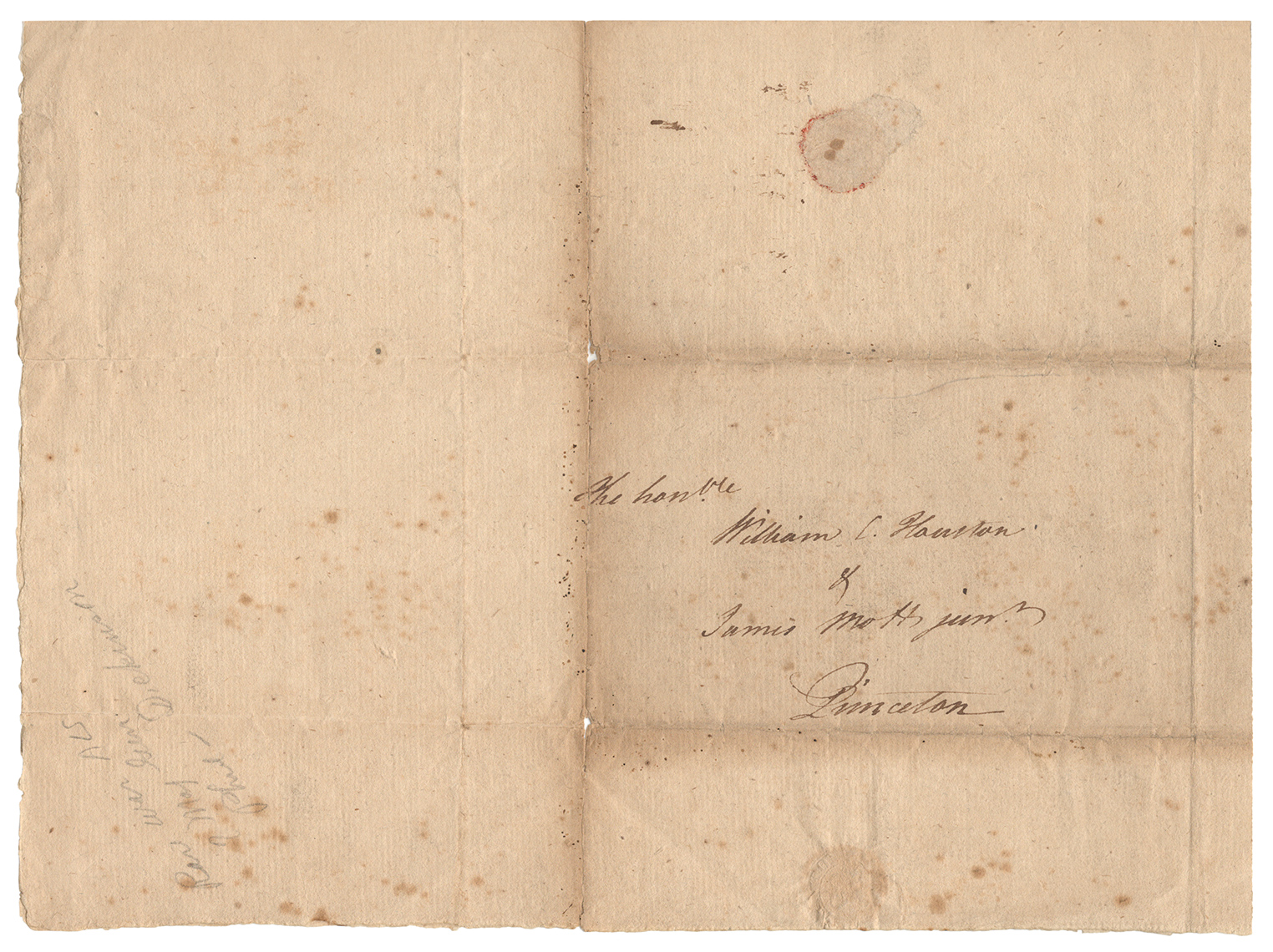
Less than a month before, George Washington had offered his congratulations to Dickinson for his critical in obtaining a strategic victory at the Battle of Monmouth, observing, “General Dickinson, and the Militia of this State, are also thanked for their nobleness in opposing the enemy in their march from Philadelphia, nd for the aid which they have given in harassing and impeding their motions, so as to allow the conditional troops to come up with them.”*
Usual folds with separation at horizontal centerfold repaired with tape, light toning and foxing, soiling, overall fine very good to fine condition.
(EXA 6037) $1,200
______________
* George Washington, General Orders, June 29, 1778, Fitzpatrick, ed, The Writings of George Washington from the Original Manuscript Sources, 1745-1799
